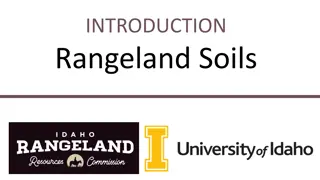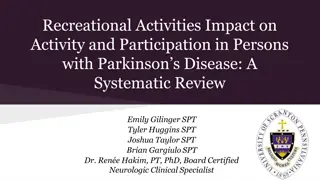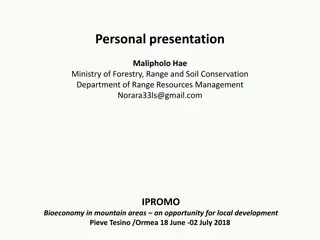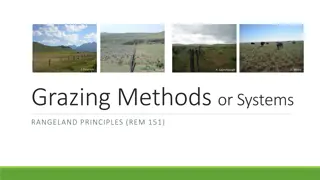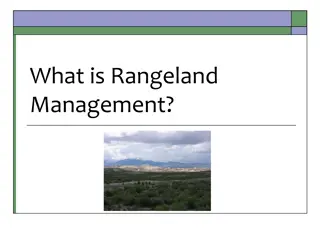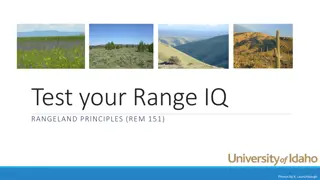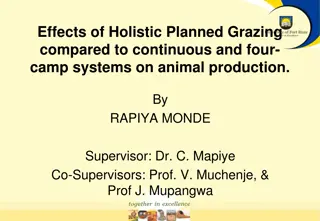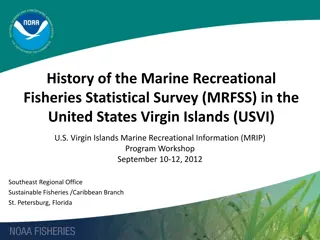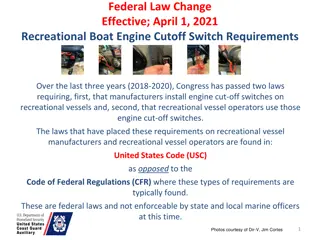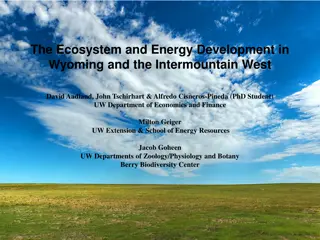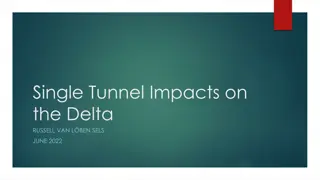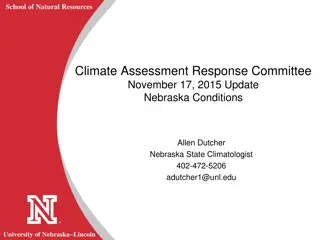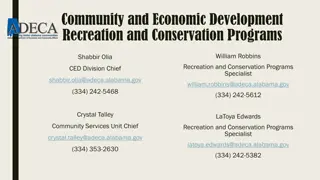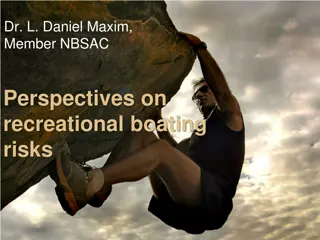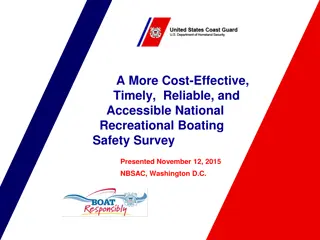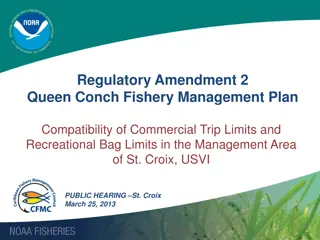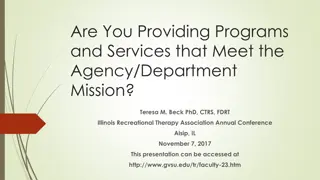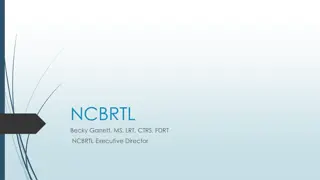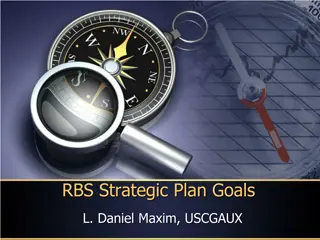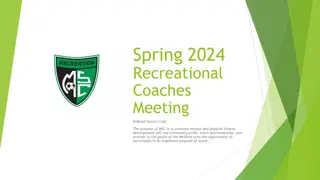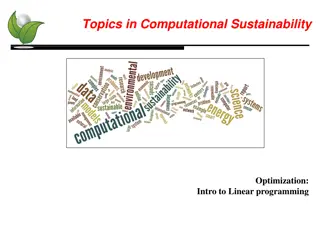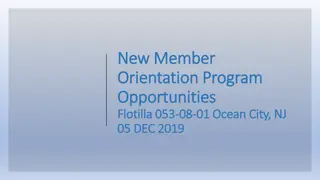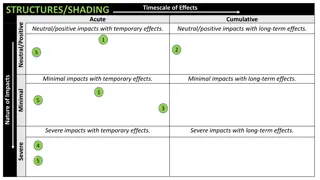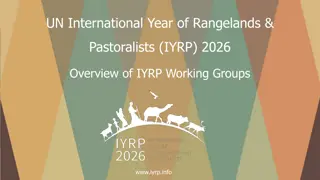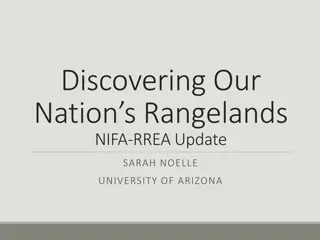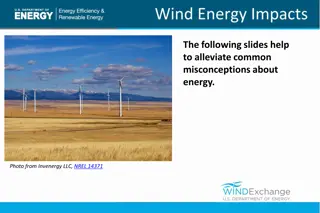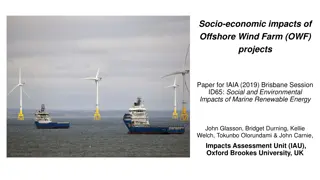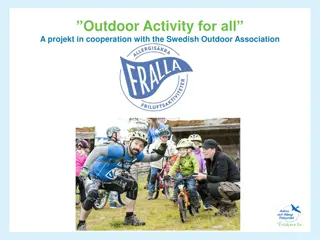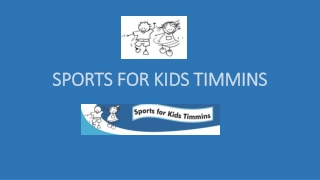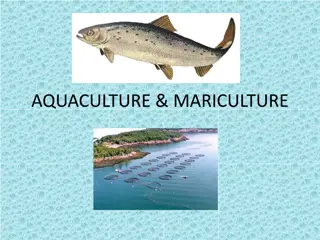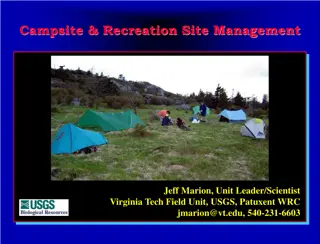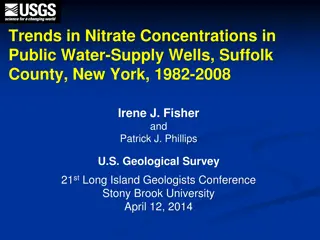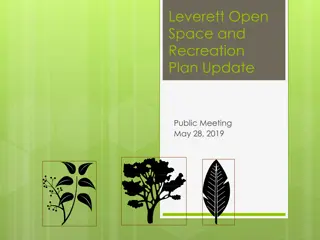Trends and Impacts of Recreational Activities on Rangeland
Recreational activities on rangeland are on the rise, with a shift towards thrill-based pursuits like rock climbing. Urbanization has led to a greater desire for outdoor experiences, driving people towards nature. While these activities contribute to local economies and provide jobs, there are concerns about their environmental impact and the need for conservation efforts.
Download Presentation

Please find below an Image/Link to download the presentation.
The content on the website is provided AS IS for your information and personal use only. It may not be sold, licensed, or shared on other websites without obtaining consent from the author. Download presentation by click this link. If you encounter any issues during the download, it is possible that the publisher has removed the file from their server.
E N D
Presentation Transcript
Rangeland Recreation Jen Peterson
Recreational on rangeland is increasing Changing recreation types Upward trend in thrill-based activities like rock climbing Technology is allowing new types of recreation (i.e., off-road vehicles, gadgets) Hunting - still a major sport but decreasing Traditional activities like camping, hiking, and horseback riding continue strong and growing Shift toward more healthful lifestyle drives people outdoors
Demographics favor recreation on public lands Urbanization has created a populations with a desire to get out of town & enjoy nature Most people now live in towns/cities did not grow up on farms & have few rural connections. Recreation is one of their few connections with the land. Growing willingness to spend money on recreation. (e.g. touring packages)
Economically Potent Pros Cons
Economically Potent Pro s: Local Community can see a boost from money spend by people recreating in the area. Several activities require permits (like hunting permits) that cost money and the revenue can be used to put money into recreation programs. Provides jobs for guides and local service oriented business. Con s: Costs money to maintain facilities May require restoration or clean up
Often perceived as benign People don t see impact of their individual activity Cumulative impacts are serious but there is little one person can do to reduce or increase this impact Lack of data - many people don t realize or notice the impact that recreation has on the land. Impacts of specific types of recreation vary some are very hard on the land and others are quite benign.
Extractive vs Amenity uses Varying impacts: Extractive = removal of something from environment Amenity = enjoyment, comfort Education plays a role in affecting impacts Recreation may be some peoples only contact with nature
Impacts of recreational uses - Positive Economics to community Economics for resource improvement & protection $$ to lessen impact Education connection to land Trail development for wildlife and livestock Weed & fire monitoring . Monitoring dumping/trash (self policing) Hunting/fishing to maintain wildlife/fish
Impacts of recreational uses - Positive Economics to community Economics for resource improvement & protection $$ to lessen impact Education connection to land Trail development for wildlife and livestock Weed & fire monitoring Monitoring dumping/trash (self policing) Hunting/fishing to maintain wildlife/fish Promote human health through outdoor recreation
Impacts of recreational uses - Negative Death of wildlife (abandon young) Attracts animals to people (dangerous) Fire Weeds Erosion & compaction Water contamination Disturbing with wildlife Displacing wildlife (water and forage) Trash and other dangers Can alter habitat (human browse line)
Impacts of recreational uses - Negative Death of wildlife (abandon young) Attracts animals to people (dangerous) Fire Weeds Erosion & compaction Water contamination Disturbing wildlife Displacing wildlife (water and forage) Trash and other dangers Can alter habitat (human browse line)
For Example Impact on Wildlife Effect of Hikers on Mule Deer Study by Knight & Miller Boulder, Colorado
For Example Impact on Wildlife Effect of Hikers on Vesper Sparrow Study by Miller & Knight Boulder, Colorado
For Example Impact on Wildlife Effect of Hikers vs Mountain Bikers on Bison, Deer & Pronghorn Study by Miller & Knight Antelope Island, Utah
Can Wildlife Adjust? Leaned response Avoidance -- Attraction -- Habituation -- Genetic response
Can people adjust? http://www.youtube.com/watch?v=jGRA04oBl2o
Conflicts Between Recreationists Motorized vs non-motorized Sound, litter, etc. Presence of other people Impacts
Management Approaches Rest Close roads and trails Adjust seasons Limit areas of activity
Management Approaches Change intensity No fire use Bad roads Limited facilities Fees Foot only ... not motorized vehicles Increase available facilities Designate uses on specific areas
Survey of New Mexico Citizens Percentages of New Mexico Citizens Ranking: Environmental Preservation Commerce Recreation as the Most Important Priority for Public Land Management


